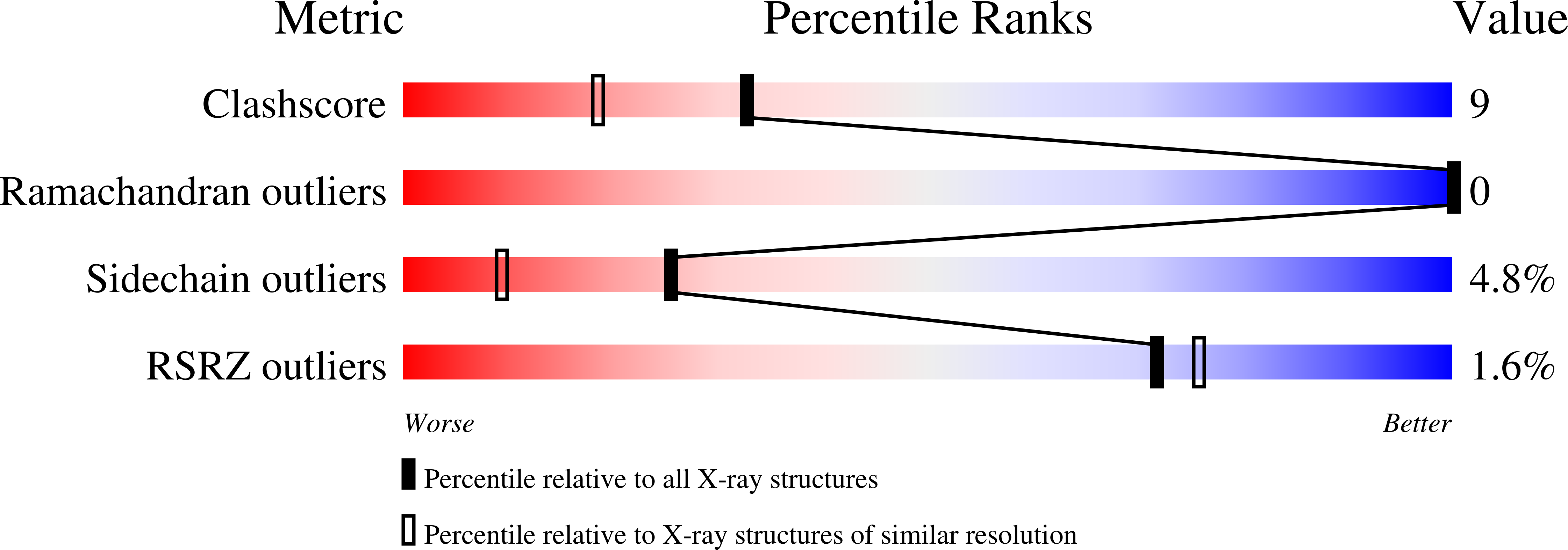
Deposition Date
1992-01-10
Release Date
1993-10-31
Last Version Date
2024-11-13
Entry Detail
PDB ID:
1HEL
Keywords:
Title:
STRUCTURAL AND THERMODYNAMIC ANALYSIS OF COMPENSATING MUTATIONS WITHIN THE CORE OF CHICKEN EGG WHITE LYSOZYME
Biological Source:
Source Organism:
Gallus gallus (Taxon ID: 9031)
Method Details:
Experimental Method:
Resolution:
1.70 Å
R-Value Observed:
0.15
Space Group:
P 43 21 2


